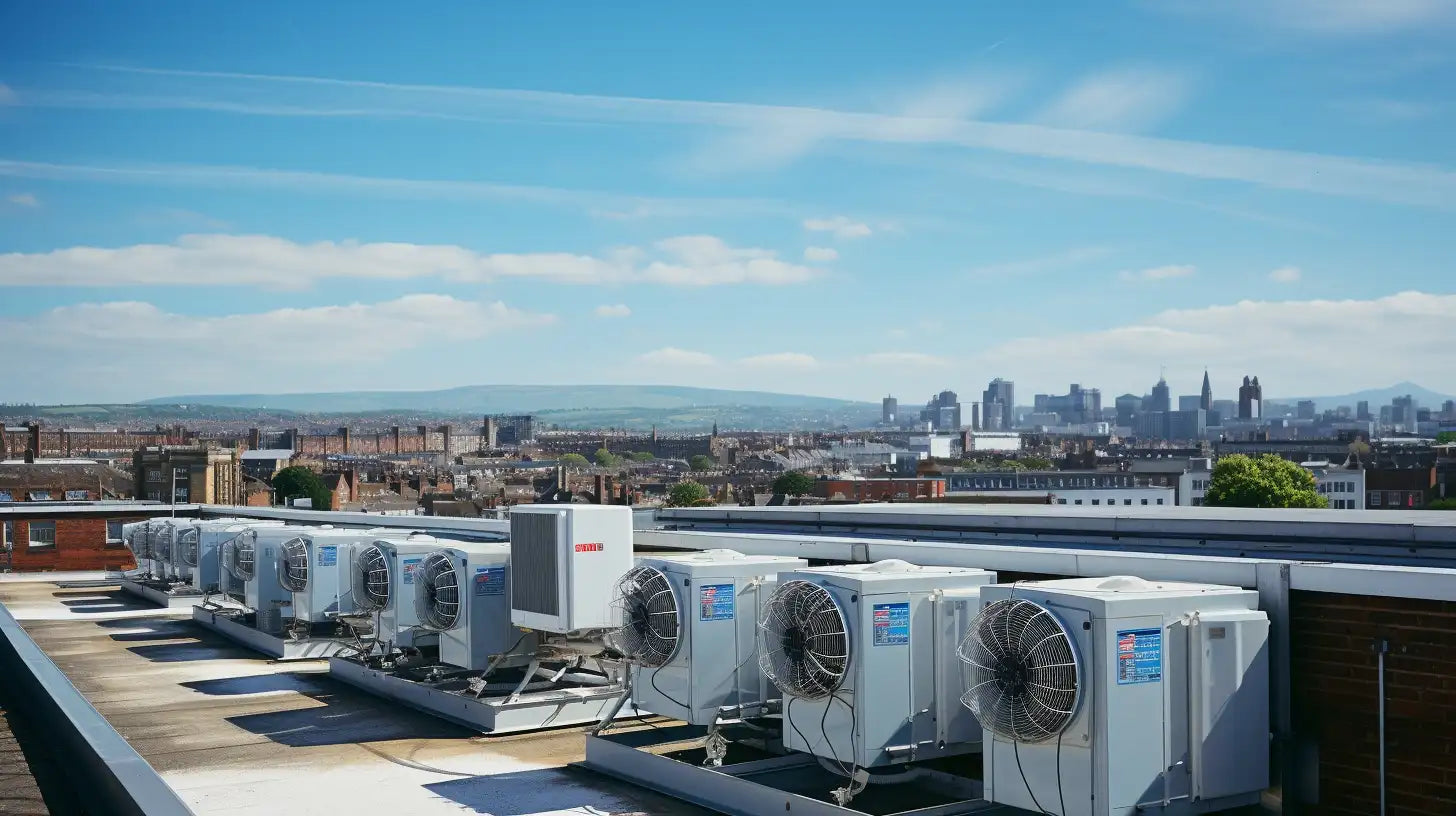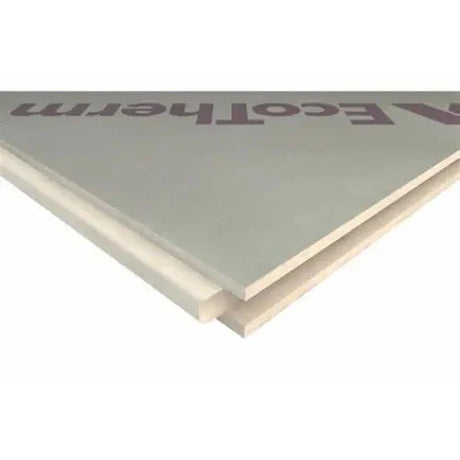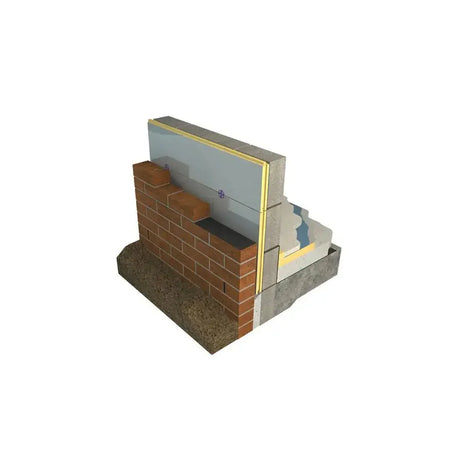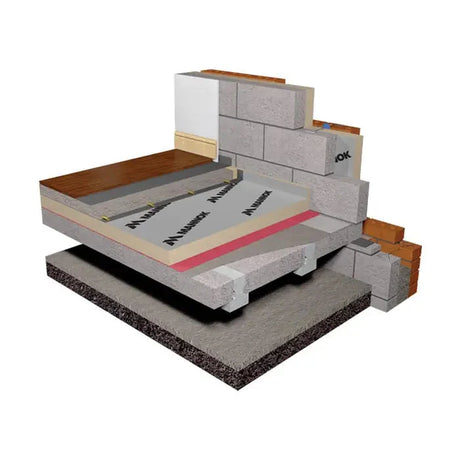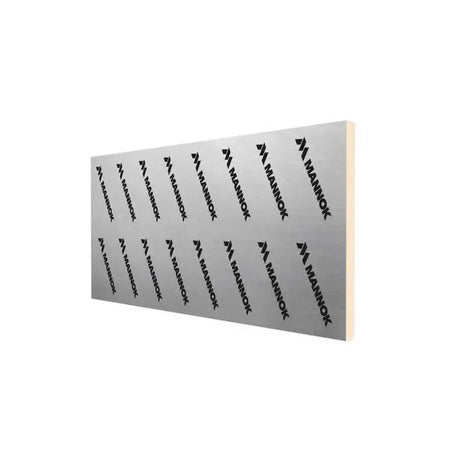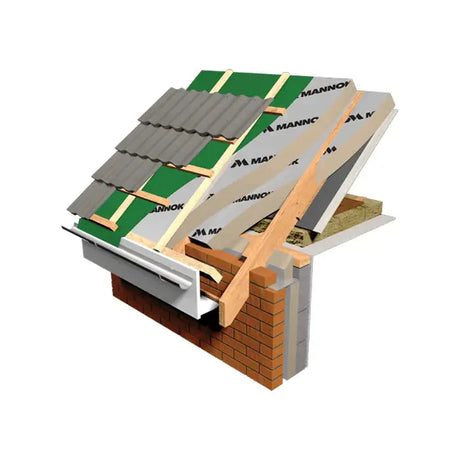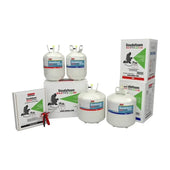To keep pipe and duct insulation performing at peak efficiency for energy savings, noise reduction, and condensation prevention, an effective maintenance program is essential. Insulation exposed to moisture, physical impacts, compression and other factors will degrade over time if not properly maintained. This can lead to problems like frozen pipes, mold growth, loss of energy efficiency and insulation needing full replacement sooner.
By implementing a structured schedule of regular insulation inspections and repairs, facilities can maximize the working life and benefits of their insulation investment. Read on for a detailed guide to critical pipe and duct insulation maintenance best practices.
Why Insulation Maintenance Matters
Insulation on pipes, ducts, tanks and equipment has to endure temperature swings, humidity, potential physical damage, and compression from hangers and supports. These factors gradually degrade insulation materials and performance. Small issues like gaps, tears or moisture intrusion are easy to miss, but can cumulatively lower insulation effectiveness - costing more in wasted energy and repair expenses down the road.
Being proactive to catch insulation problems early through regular inspection and maintenance helps avoid major issues and keeps insulation working as designed for its full expected lifespan. Beyond energy savings, proper insulation maintenance provides benefits like:
- Preventing frozen burst pipes during winter
- Minimizing risk of moisture issues and mold growth
- Identifying potential safety issues like damaged asbestos or fiberglass insulation
- Reduced insulation replacement frequency and associated costs
- Enhanced noise control from equipment and ductwork
In large commercial and industrial facilities, where miles of insulated pipes and ducts are common, following a documented maintenance schedule for insulation becomes especially important.
Developing a Pipe and Duct Insulation Maintenance Schedule
The backbone of any effective maintenance program is a defined schedule indicating the frequency and scope of regular inspection activities. While exact maintenance needs vary, the goal is always to proactively identify potential insulation issues through visual inspection and repair as needed to protect system integrity.
When developing an insulation maintenance schedule, facility managers should consider factors like:
- Facility type and insulation scope (industrial plant vs. small commercial building, etc.)
- Types of insulation used (fiberglass, foam, calcium silicate, etc.)
- Total quantity of insulated equipment, pipes and ducts
- Age and condition of existing insulation
- Accessibility constraints for inspection and repairs
- Consequences of insulation failure (frozen pipes, mold, etc.)
Typical insulation inspection tasks include:
- Visually checking insulation for damaged areas, punctures or water damage
- Verifying insulation thickness has not become compressed or deteriorated
- Confirming insulation meets specifications for the service (freeze protection, condensation, etc.)
- Sealing any identified air leaks or gaps allowing conditioned air loss
- Repairing loose tape, jacketing, or mechanical insulated fitting covers
- Checking pipe hangers and supports for proper insulation placement and support
Inspection frequency may range from monthly in high-risk systems to annually for basic maintenance. Work orders should be created to track and document insulation repairs required.
How to Conduct Insulation Inspections and Maintenance
When performing inspections, maintenance technicians should thoroughly evaluate insulation condition both visually and physically. Look for any issues that compromise insulation performance or increase risk of system damage. Common problems to check include:
- Holes, punctures, tearing or other physical damage
- Insulation that is significantly compressed or water damaged
- Missing or detached tape, jacketing, fasteners or other components
- Insulation thickness less than specified for the application
- Gaps, air leaks or thermal bridging allowing moisture intrusion and condensation
- Insulation not properly supporting pipes and ducts on hangers
Creating insulation inspection checklists tailored to each area of a facility helps ensure critical points are evaluated. Keep spare insulation repair supplies like jacketing material, tape and fasteners on hand when inspecting to fix minor issues immediately. Document any problems found with photos and detailed notes indicating the exact repair needed.
Based on inspection findings, maintenance teams should follow through on making repairs as soon as possible. This may involve patching small holes, sealing gaps with caulk or foam, replacing compromised insulation sections, re-taping joints, adjusting pipe hangers, or adding extra insulation jacketing. Leaving issues unresolved risks more severe insulation failures and costly consequences from burst pipes, mold growth, etc.
Tips for Effective Insulation Maintenance
Best practices for maintaining building insulation include:
- Label and log insulation locations on system maps for easy reference
- Follow all safety lock-out procedures for accessing insulated equipment
- Bring tools, spare fasteners, tape and jacketing when inspecting to make immediate minor repairs
- Replace compromised insulation completely - don't just tape over a problem
- Keep detailed maintenance records of inspection results and repairs made
- Train insulation maintenance technicians on proper procedures
- Inspect after any incidents that could cause insulation damage
Establishing a Quality Insulation Maintenance Program
For facility managers looking to implement or improve their insulation maintenance program, focusing on consistency, documentation and proactive repairs is key. Dedicating sufficient staff time for thorough inspections and following through on issues found ensures insulation remains in optimum working order.
Software tools like maintenance scheduling programs and mobile apps can streamline scheduling, work order creation, documenting inspection findings, and tracking repairs. This allows insulation assets and associated maintenance records to be managed centrally.
It’s also a smart practice to review insulation inspection trends periodically to identify problem areas needing attention or improvements to the maintenance process. Applied proactively over the long term, a quality pipe and duct insulation maintenance program will maximize energy savings, avoid expensive failures, and extend the useful life of insulation assets.
Protect Your Facility's Insulation Investment through Proper Maintenance
Are you looking to implement or optimize insulation maintenance at your commercial property, plant or building? Our team at Insulation & More can help assess your needs and provide maintenance program recommendations to safeguard your insulation. Contact us today to discuss best practices for maintaining your critical pipe, duct and equipment insulation.

